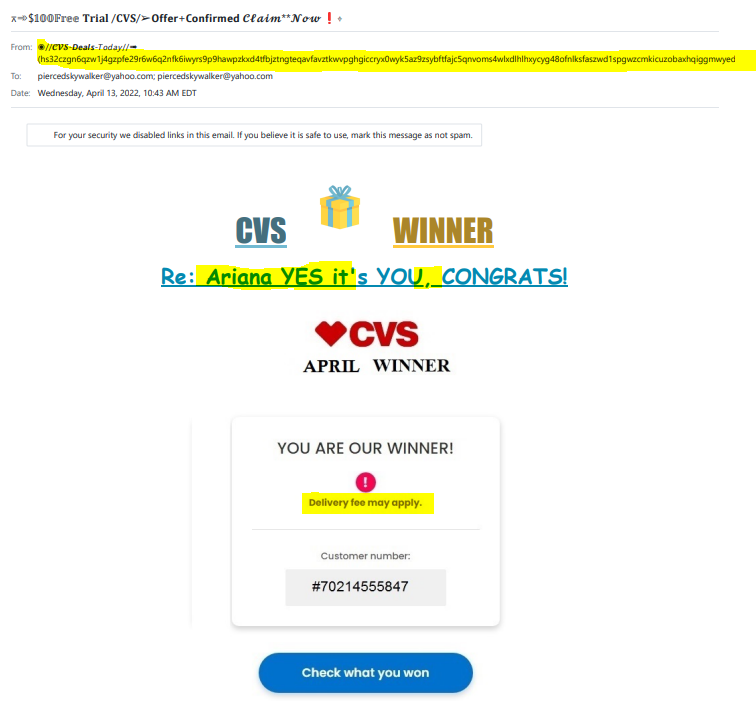The rise of e-commerce has normalized the silence of email marketing for most people. Being informed about promotions and offers no longer arouses such suspicion among users, so scammers have begun using spam technologies to take people by surprise. Even though spam and scam filtering technologies are constantly being developed and improved, every Internet user should know their detection and exposure principles. It is a highly required and essential skill because scammers are always trying to create new schemes to deceive people.
The most common spam indicators are poor grammar, primitive designs, deceiving links, and suspicious email addresses. Firstly, many grammatical, lexical, and spelling errors can be observed in the text of such an email. Moreover, a real advertisement email design will be professional, complex, and of high quality, unlike a scam. Second, scammers often have to change email addresses, which is why they look long and have many numbers or random letters. Third, a bank or service letter may begin with an impersonal phrase, while the bank or service you use knows your name or login. These indicators effectively detect spam and are used in computer filtering programs (Revar et al., 2017). That is why most spam letters are sent straight to the trash or spam category.
Particular attention in exposing the scam should be paid to deceiving links. These are links whose appearance does not match their internal content. Anyone can add a link to any picture or text that leads to the site specified by the creator (Revar et al., 2017). Thus, the link text visible to the reader often mimics a real site or service that exists and is well known, but a link to a completely different web page is attached to this text. Often such links also have names consisting of many random numbers or letters, as scammers have to recreate new pages frequently.

In example A, we can see a scam letter that hides under the guise of advertising. The email from which the letter was sent consists of a long set of letters. In addition, I do not use McAfee antivirus and do not have a subscription to it. The letter has a poor design and is done clumsily, and spelling mistakes (“upto”) can be detected. It is worth noting that real marketing specialists do not threaten their customers with skulls and bones, alluding to the terrible consequences of abandoning a product.

In example B, a letter with a slightly more successful and complex design can be observed but still not corresponding to the current advertising level. Even more incoherent email addresses can be seen in this letter, and more grammar and punctuation mistakes. The scammers used the name Ariana in an attempt to convince me of the reality of the win but only showed that they did not have my personal information. It should seem suspicious to the recipient of the letter that the company plans to withdraw money for the gift.
The patterns and templates used by scammers and spammers are so typical that special programs successfully filter out the most suspicious emails. Internet users still need to know the leading indicators of such letters because they can come in private messages on other services, such as Twitter, Instagram or Facebook, etc. (Revar et al., 2017). In particular, one needs to pay attention to suspicious links and not click on them, even just to check what kind of link it is.
Reference
Revar, P., Shah, A., Patel, J., & Khanpara, P. (2017). A Review on Different types of Spam Filtering Techniques. International Journal of Advanced Research in Computer Science, 8(5), 2720-2723. Web.